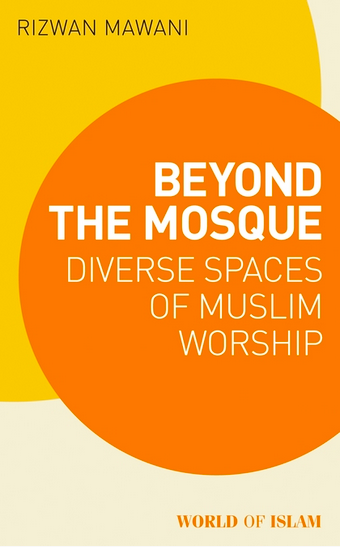Recent events have raised my interest in bullying and abusive conduct my ministers. What does it look like? How can we know the difference between ministerial grouchiness or a minister occasionally losing their temper, and outright bullying and abusive behavior?
First of all, we want to look for patterns of behavior. Every minister I’ve known has lost their temper at least once; ministers are human beings, and human beings lose their tempers. Of course it would be best if we ministers never lost our tempers, but losing your temper once in awhile is not the same as a pattern of abusive behavior. So we’re looking for a pattern of behavior that happens over time.
Second, we want to look at power differentials. If, for example, there were three ministers on the staff of a large congregation, the senior minister has power over the junior ministers, and it’s much easier for the senior minister to bully the junior ministers; similarly, most of the time (not all of the time) the minister has more power than a non-ordained congregant. Determining power differentials is not always easy, though, and we can’t just default to a position that says ministers always have more power than congregants. For example, other types of power differentials make it possible for a male congregant to bully a female minister, or for a white congregant to act abusively towards a non-white minister. Even white male cis-gender ministers can be bullied or treated abusively by congregants who are in an entrenched power position within their congregation; in fact, because the minister is an employee, the minister’s lay leader supervisors have the potential for bullying or abusive behavior towards the minister. So we want to look for power differentials, though in themselves they won’t be diagnostic.
Third, we want to look for certain kinds of behaviors. Warren Throckmorton, an evangelical Christian whistleblower, posted on his blog the charges against Mark Driscoll, an evangelical megachurch pastor who was forced out his position as senior pastor at Mars Hill Church in Seattle due to bullying and abusive behavior. These charges, which you can read here, catalogue a number of bullying and abusive behaviors Driscoll allegedly engaged in. I’ll quote from some of these formal charges to show you what bullying and abuse can look like:
“Pastor Mark exhibits anger and ungraceful ways of dealing with those with whom he disagrees and who disagree with him… by putting people down, caricaturing, and dismissing.
“Pastor Mark … has created a culture of fear instead of a culture of candor and safety….
“Pastor Mark is verbally abusive to people who challenge him, disagree with him, or question him.
“Pastor Mark uses words to demean, attack or disparage others.”
I’ll also quote from one piece of evidence used to support the charges, so you can get a sense of the specific sorts of alleged behavior that’s considered abusive or bullying:
“Mark’s response to that elder was bullying, with some elders present recalling language to the effect of: ‘I don’t give a shit what you think. I’m trying to be nice to you guys by asking your opinion. In reality, we don’t need your vote to make this decision. This is what we’re doing.'”
It’s fairly clear that this kind of behavior should be characterized as bullying and abusive. But it’s wise to remember that there will be a continuum of potentially bullying and abusive behavior, and there won’t necessarily be a bright shining line between acceptable behavior and unacceptable behavior. In my historical researches of local congregations, I’ve uncovered a number of instances of behavior that aren’t easily categorized. In one example I researched, from the 1960s, a male minister was shouting at a female Director of Religious Education (DRE). There was a clear power differential here: male full-time supervisor and minister shouting at a part-time female DRE and employee. But while it may have a pattern of behavior, I couldn’t document that for sure. Obviously the minister should not have shouted at the DRE, but since I couldn’t document a pattern of behavior, I couldn’t be sure whether this was a momentary lapse on the part of the minister, or verbal abuse.
Which leads me to one final suggestion:
Fourth, we want to look at whether the congregation openly addresses momentary lapses of civility, or whether a lapse of civility remains hidden, secret, unaddressed. We are all human — ministers, too — and being human means we will make mistakes; we will do things like shout at people. Bullying and abuse in congregations — whether by ministers or by lay leaders, or by white people, or by whomever — is a pattern of behavior. If a congregation directly confronts lapses in behavior when they happen, I think it’s much less likely that the congregation is going to fall into a pattern of bullying or abusive behavior. But if people look away even once, I think that’s going to open up the possibility of establishing a pattern of behavior.
Update, 25 Feb. 2022: I’m closing comments on this post. Another post on the same topic started getting off-topic comments, which are not allowed, so I’m taking preventive measures. My sincere apologies to those of you who may have on-topic comments. But after two years of COVID, I don’t have the patience to deal with trolls any more.


